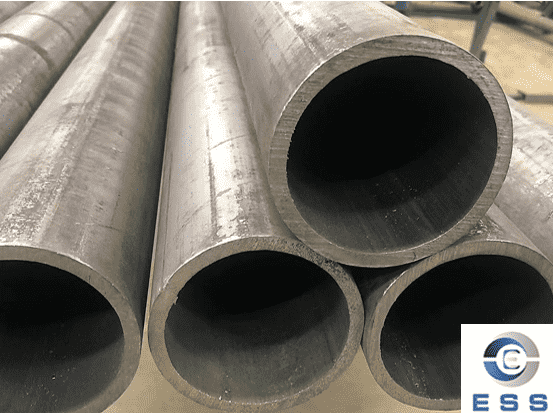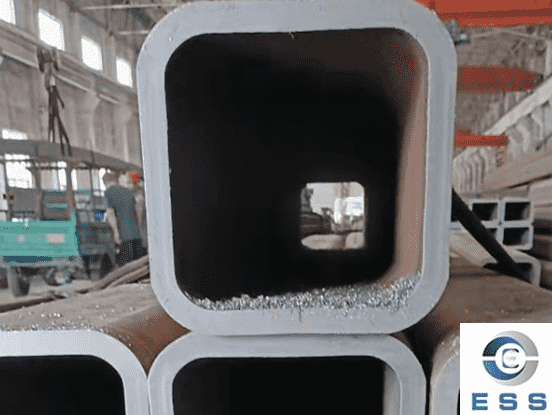At present, the important heat exchange element used in chemical production is stainless steel heat exchange tube. Because of its better acid and alkali resistance and corrosion resistance, it is formed in one time and belongs to seamless heat exchange tubes. It can be used as a pipeline for conveying fluids, such as petroleum. , Natural gas, water, gas, steam and other industries, but such a type of stainless steel heat exchange tube with good acid and alkali resistance and corrosion resistance may have cracks or even cracks in severe cases. What is the cause of the situation?
1. It may be due to the thermal embrittlement of the stainless steel heat exchange tube, that is, when the stainless steel heat exchange tube is in the joint, due to the different expansion coefficients, a great thermal stress will be generated during heating, especially when the temperature changes rapidly or after repeated heating. Thermal fatigue cracks will occur later. Fatigue cracks are different from general high-temperature fatigue. The former is a kind of thermal embrittlement caused by internal thermal stress as the temperature changes, and the latter is caused by changes in external load at high temperatures. If we macro-examine the stress corrosion engineering accidents of stainless steel welded pipes, we will find such a phenomenon: only partial welded pipe parts are corroded by equipment and components that are damaged by stress corrosion.
2. It may be due to the increase of N content in duplex stainless steel. In duplex stainless steel, N is a strong austenitizing element. As the N content increases, the ferrite content gradually decreases, and the austenite with larger grain size gradually increases; in addition, this stainless steel heat transfer The local N enrichment of the pipe fittings leads to abnormal microstructure distribution here, that is, the austenite single-phase zone with coarse grain size is formed here, and the plasticity and strength of the coarse austenite are worse than that of normal dual-phase steel. , Which makes the stainless steel heat exchange tube prone to micro-cracks during processing and use, and the phenomenon of tube expansion will eventually occur.
It may be because the working condition of the stainless steel heat exchange tube is a hydrogen-containing environment, which produces a large amount of hydrogen-induced martensite, which leads to hydrogen-induced cracks on the stainless steel heat exchange tube, and this hydrogen-induced cracking is in the use process of the stainless steel heat exchange tube. In addition, due to the presence of S, Cl- and non-metallic inclusions in the medium in the tube, especially the presence of Cl-, the oxidation potential of Cl- is relatively large, which makes the local heating of the stainless steel heat exchange tube serious, thereby causing the The passivation layer of the stainless steel heat exchange tube is damaged, which causes cracking of the stainless steel heat exchange tube. That is to say, the working conditions of the stainless steel heat exchange tube promote the cracking to a certain extent, and the stainless steel heat exchange tube will crack.













 Eastern Steel Manufacturing Co.,Ltd not only improve product production and sales services, but also provide additional value-added services. As long as you need, we can complete your specific needs together.
Eastern Steel Manufacturing Co.,Ltd not only improve product production and sales services, but also provide additional value-added services. As long as you need, we can complete your specific needs together.









